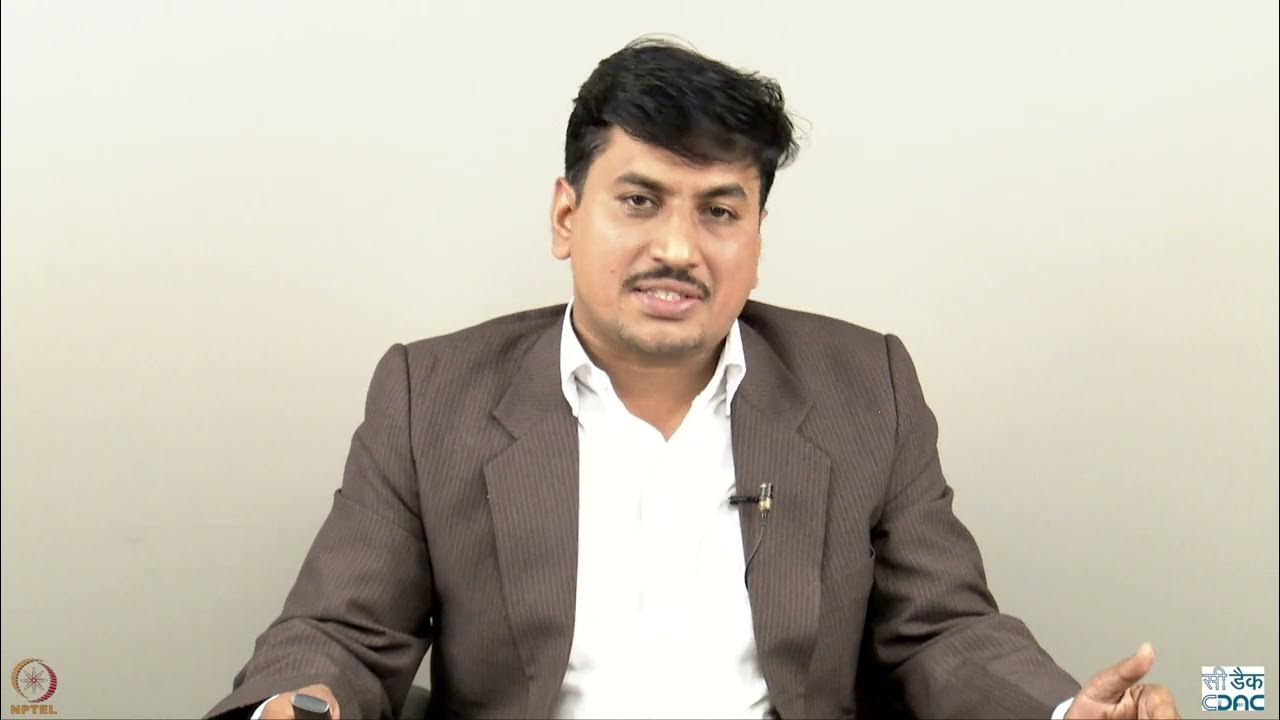OPERATING SYSTEMS(17CS64) | COPY-ON-WRITE
Summary
TLDRThis presentation dives into operating system concepts, particularly focusing on process management. It explores system calls such as 'fork', copy-on-write mechanisms, and process creation, using examples like Windows XP. The discussion includes how processes replicate memory and how the system optimizes memory allocation using techniques like copy-on-write. It highlights the dynamics between parent and child processes, explaining how memory is shared or duplicated based on modification. The session also touches on virtual memory, frame allocation, and the nuances of memory management in modern operating systems, providing insight into process handling and resource management.
Takeaways
- 😀 Process creation in operating systems involves creating a copy of the parent's address space for the child process using system calls.
- 😀 The 'fork' system call creates a child process by replicating the parent process's address space, including its pages.
- 😀 The concept of 'Copy-on-Write' is used to optimize memory usage by deferring the actual copying of pages until they are modified by the child process.
- 😀 Copy-on-Write ensures that both parent and child processes can share the same physical memory pages until one of them modifies a page.
- 😀 Once a page is modified by the child process, a copy is created for the child, and the original page remains with the parent process.
- 😀 This memory management technique reduces the overhead of copying data unnecessarily, improving system performance.
- 😀 The system call behavior ensures that only modified pages are copied, and unmodified pages are shared between the processes.
- 😀 In scenarios where a process attempts to modify an unmodified page, the operating system creates a new copy of that page for the child process.
- 😀 Copy-on-Write is widely used across various operating systems, including Windows XP, to optimize memory allocation and management.
- 😀 Virtual memory and the 'on-demand' loading of pages are central concepts that help systems efficiently manage memory resources.
Q & A
What is the concept of 'copy-on-write' in operating systems?
-The 'copy-on-write' concept involves creating a copy of a parent's address space when a child process is created. However, instead of immediately copying the memory pages, both the parent and child processes share the same pages. When either process attempts to modify a page, a new copy is created, ensuring that changes do not affect the other process.
What happens during the system call to create a new process?
-During a system call to create a new process, the operating system creates a copy of the parent process's address space for the child. This ensures the child process has its own memory, but the copy-on-write mechanism allows sharing of unmodified memory pages between the two.
Why is 'copy-on-write' considered an efficient technique in operating systems?
-'Copy-on-write' is efficient because it delays the creation of a new copy of memory pages until it's necessary (when a modification occurs). This avoids unnecessary duplication of pages and optimizes memory usage, reducing overhead.
What is the role of the 'fork' system call in process management?
-The 'fork' system call is used to create a new process by duplicating the parent process. The new child process inherits a copy of the parent's address space, which may later be modified using 'copy-on-write' to ensure memory efficiency.
What does it mean when we say 'parent and child processes share the same memory space'?
-When parent and child processes share the same memory space, they are initially using the same physical memory pages. However, under the 'copy-on-write' strategy, they will only diverge in memory once one of the processes modifies a page.
How does the operating system handle a modification attempt to a shared page?
-When a process attempts to modify a shared page, the operating system creates a new copy of the page specifically for that process. This ensures that the modification is isolated, and the original page remains unchanged for the other process.
What are the advantages of 'copy-on-write' in terms of memory management?
-The primary advantage of 'copy-on-write' is that it reduces the memory usage and overhead associated with process creation. Memory pages are only duplicated when they are modified, preventing the unnecessary copying of unchanged pages.
What role does virtual memory play in the 'copy-on-write' technique?
-Virtual memory allows processes to use an abstracted view of memory, which enables techniques like 'copy-on-write.' This allows the operating system to manage memory efficiently by mapping physical memory to virtual addresses, ensuring processes can share pages without interfering with each other.
How does 'copy-on-write' improve process performance?
-'Copy-on-write' improves performance by reducing the time and resources required to create a new process. Since memory pages are not immediately copied, the system spends less time and memory handling the creation of new processes, particularly when the processes do not need to modify many pages.
What happens if a process attempts to modify a 'copy-on-write' page?
-If a process attempts to modify a 'copy-on-write' page, the operating system creates a new, private copy of the page for that process. The original page remains unaltered and available for any other process that may be sharing it.
Outlines

This section is available to paid users only. Please upgrade to access this part.
Upgrade NowMindmap

This section is available to paid users only. Please upgrade to access this part.
Upgrade NowKeywords

This section is available to paid users only. Please upgrade to access this part.
Upgrade NowHighlights

This section is available to paid users only. Please upgrade to access this part.
Upgrade NowTranscripts

This section is available to paid users only. Please upgrade to access this part.
Upgrade Now5.0 / 5 (0 votes)





